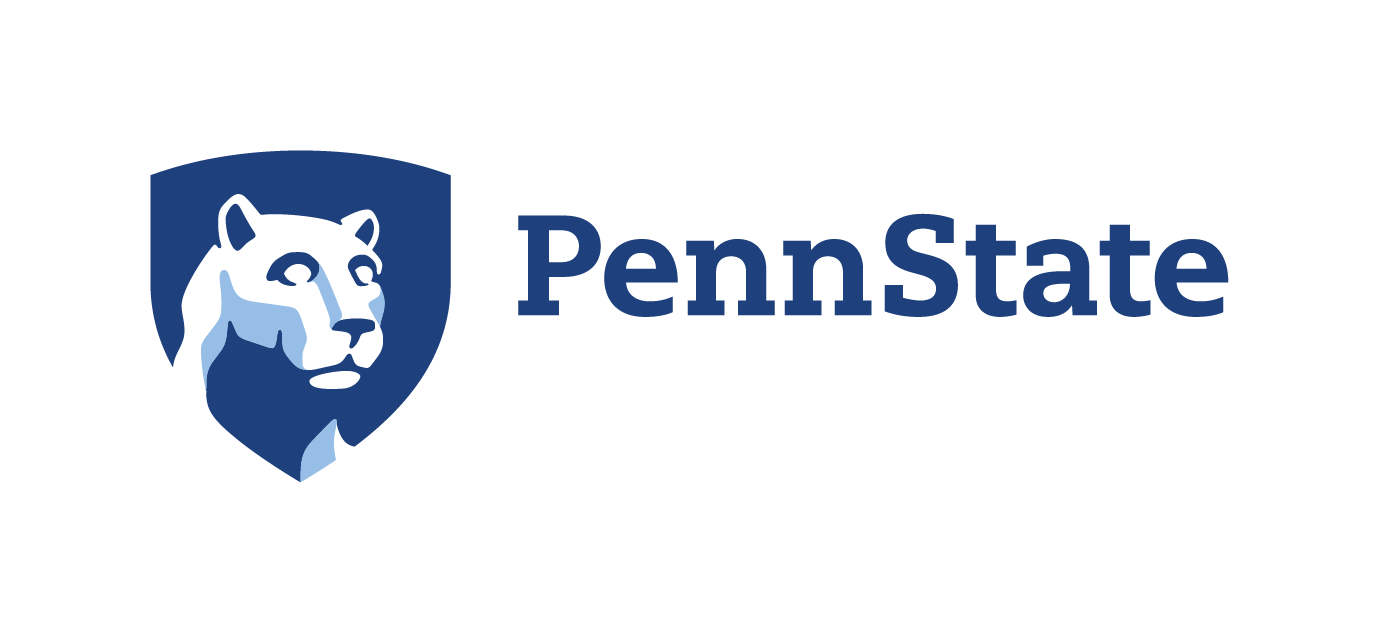news & events
10 common startup mistakes: #5 building something = progress
November 28, 2017
Having a product doesn’t mean you’re on track.
A common mistake that startups make is building something before they really understand the problem, why it’s a problem, and who exactly is willing to pay to solve it.
It can be very tempting to start building. After all, you will have something to show others. But don’t fall into the trap of thinking that just because you have something you can show someone that you’re on the right track.
 What if we found ourselves building something that nobody wanted? In that case, what did it matter if we did it on time and on budget?
What if we found ourselves building something that nobody wanted? In that case, what did it matter if we did it on time and on budget?
~ Eric Ries
Build what you know people want, not what you think they want?
Understand the job to be done.
Before you start building you be able to clearly articulate what job your target customer is trying to get done.
Job to be done statements can be incredibly helpful in defining the need. If you can’t accurately identify the need and the root cause of the problem, then you are likely building a solution that doesn’t help your customer get the job done. It’s not progress.
Use smokescreens to see if you’re on the right track.
A great way to see if you are on the right track before you build is to leverage a smokescreen (or smoke test) to see if you can get potential customers to make some sort of commitment. Smokescreens help you test the potential of your solution without developing prototypes.
Using smokescreens can help you determine if there is sufficient demand for the value you say you will provide.
For example, you can create a 1 page web site that you drive potential customer to that describes your solution and asks visitors to sign up for more info or to be part of a beta. You can evaluate the number of people who come to the site and see what percentage convert (i.e., give you their email, or provide some down payment).
If no one is signing up, then you aren’t on track – either you are pushing the wrong people to the site, or you don’t clearly understand how to help your target customer.
Either way, no need to start building your product. You have more learning to do first.
Resources to check out:
There are a number of resources that you can use to help you determine if you’re ready to start building.
Note: many references below include smokescreens as MVPs. We, however, distinguish between the two. A smokescreen is a test; it doesn’t deliver value to the customer. An MVP is an actual product that delivers some (but not all) value to the customer.
- 15 ways to test your minimum viable product
- The Ultimate Guide to Minimum Viable Products
- A Guide to Validating Product Ideas with Quick and Simple Experiments

